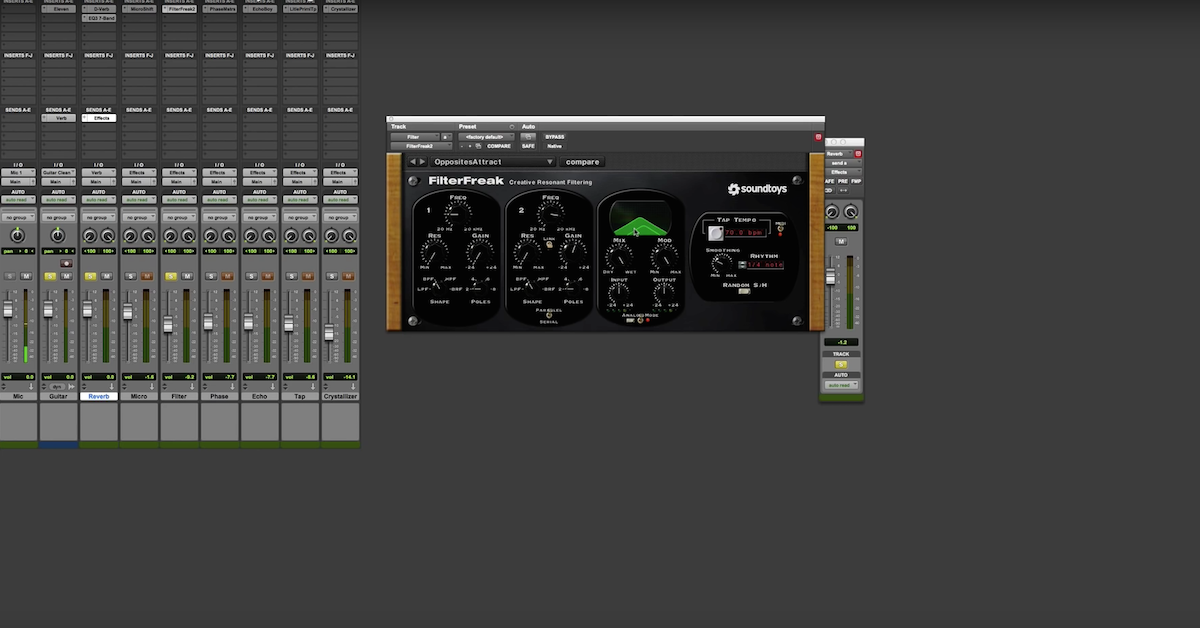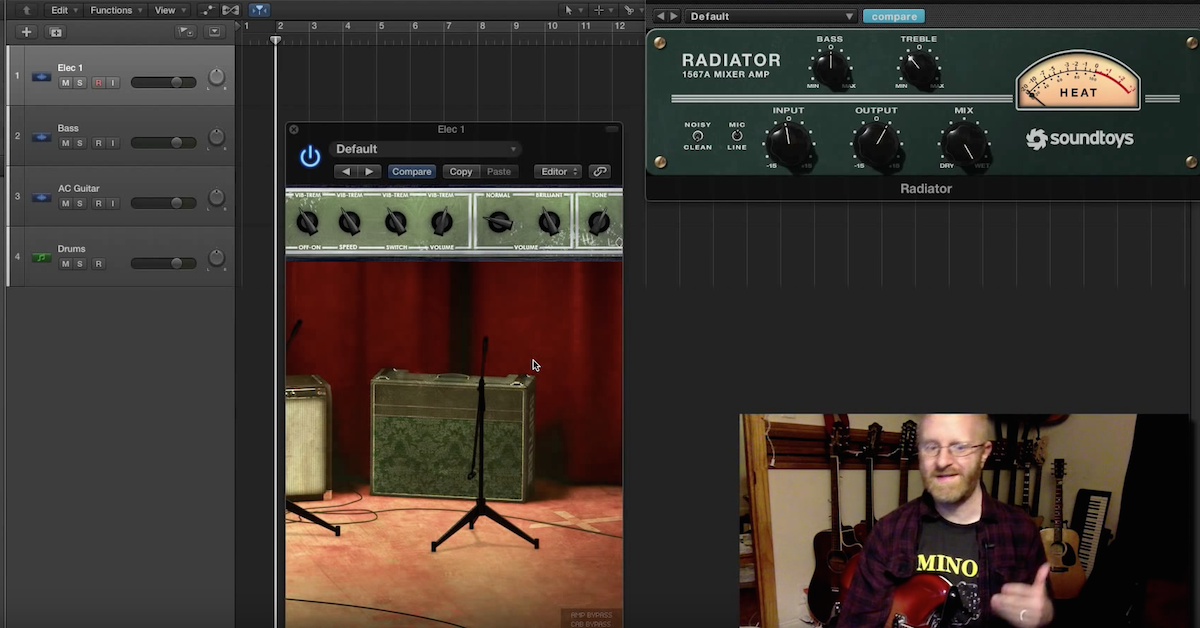How to Sweeten a Guitar Sound with PSP MicroWarmer
I do a lot of recording in my studio that gets sent out to various artists around the world, partly because I’m not able to travel to a lot of studios in say, Europe or across the United States. I’m also not able to travel with a lot of gear that I have.
But I can do it here and then send them tracks via DropBox or many other methods to deal with file transfer.
When I record guitars, I mainly record through amps, although sometimes I do use some plug-ins. But what we’re going to focus on today is using a guitar amp with one microphone, and finding some ways to sweeten that sound.
For me, I really am a fan of analog sounds, so this means old mixing boards and compressors and tape units. So, there’s a few tricks I’ve found to deal with say, even if you have a small setup like a 57 and an Mbox. There are things that we could do to kind of make it sound a little bit old school.
So in this example, I’m using a Headstrong Lil King, which is virtually a 1964 Princeton Reverb. I have some reverb on it and it recorded pretty well on it’s own because I took some time to place the mic.
Let’s listen to what it sounds like.
[guitar plays]
Okay, there’s nothing really wrong with that, but I do kind of want to get that sound to have a little bit more of an analog vibe to it.
So, what I’ve been doing to achieve this is using this Vintage Warmer plug-in from PSP Audio. I’m just a big fan of their plug-ins. They’re pretty simple and it’s very easy to get a really great sound out of it.
This stuff, I generally don’t like to do a lot of tweaking, so for me, the plug-ins that work best, I like to work fast, so I like plug-ins that I can kind of turn on and make a few minor adjustments to, and they’re working well.
For me, in the tracking process, using this PSP MicroWarmer is really fabulous, because I just open it and I put it on – if we look down here, you’ll see I have it on the “Track Tape Slow” preset, and that preset alone just sounds really fantastic. Let’s listen to it.
[guitar with PSP MicroWarmer]
Turn it off.
[electric guitar without MicroWarmer]
And back on.
It’s real subtle. Not really compressing it that much, I’m not trying to get a big squeezed sound or get an over amount of saturation on it, but I just wanted to get a little more mojo, a little more vibe happening.
The EQ settings are pretty much the same as they come up on the preset. Sometimes, I may adjust the low or high because this is the MicroWarmer, the frequency range isn’t adjustable on this one, but where they seem to be it just works really well for guitar, and that’s kind of one of the things I was talking about with things being simple.
If I want a little more saturation, I can push the drive, but I often try not to push it too much, because I’m trying to not compress the signal too much. I’ll leave that for the mixing engineer, but just kind of get it to vibe a little more.
Let’s look at a different example. This was the same amp and guitar, which by the way was a Fender Stratocaster in the neck position. This time with no reverb. That previous reverb you heard was coming from the built-in reverb of the amp.
This is dry, and right now, I currently have the MicroWarmer off.
[electric guitar]
Again, nothing really wrong with that, but I just want to get a little bit more of an analog sound.
[guitar]
On this example, you notice that I have the high end pushed a little bit more just to get a little more sparkle out of it.
I advise trying this and seeing what you can do with it. I did a previous video tutorial about using the Radiator plug-in from SoundToys to kind of get a little bit more of an effect, as if you’re using a tape echo as a preamp. You can chain a bunch of these things together, and like I said, little subtleties on each of them, as they stack up, you can kind of get a little bit more of that sound as if you’re running through a bunch of different devices in an analog studio.





